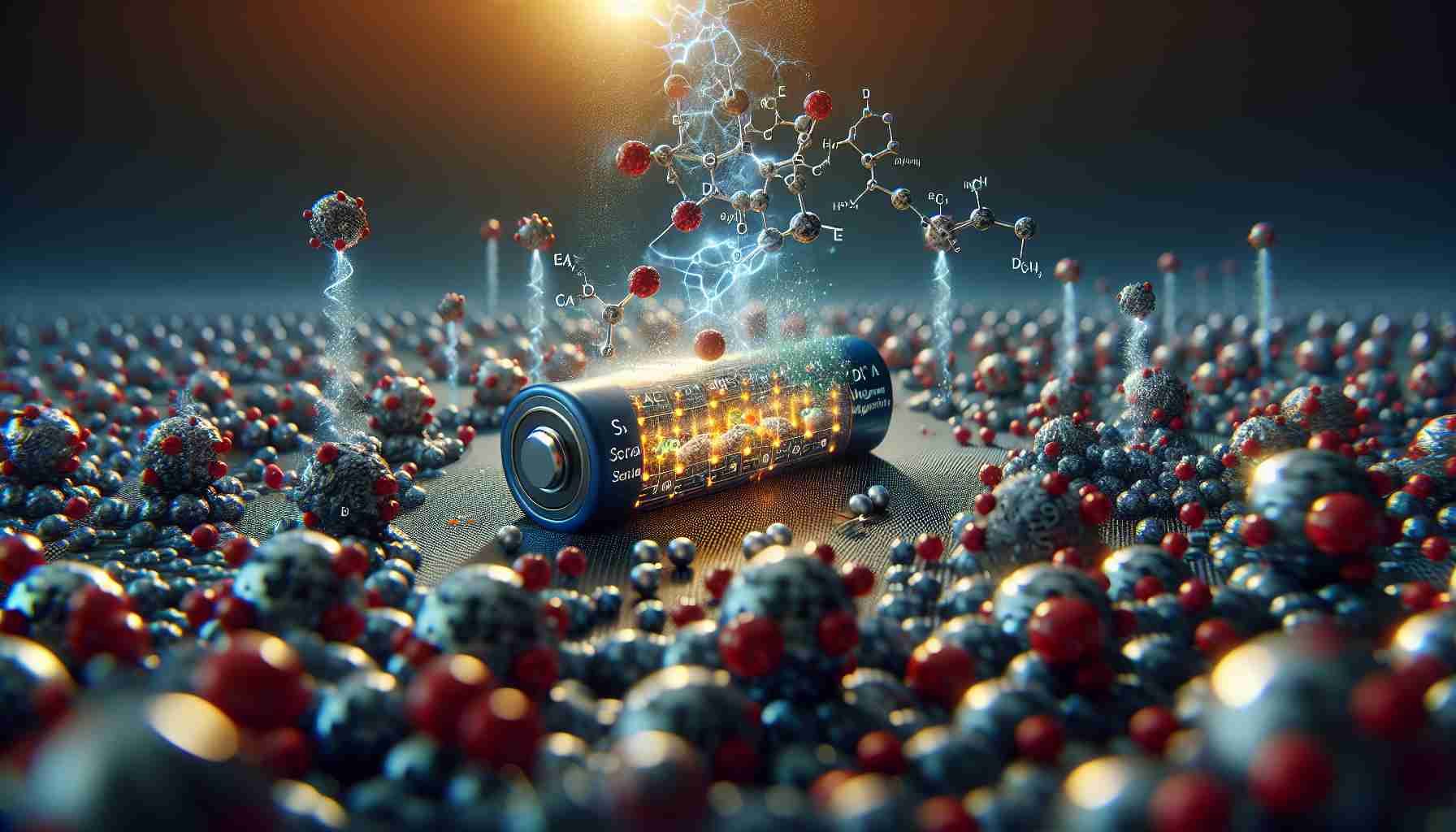Sodium-ion batteries hold great promise as an alternative to lithium-ion batteries, especially for stationary energy storage systems where weight is not a significant concern. However, these batteries have their limitations, and optimizing their materials is key to improving their performance. One approach is to introduce foreign elements into the cathode material to enhance its properties. Scientists from HZB and Humboldt-Universität zu Berlin set out to investigate the effects of doping with scandium and magnesium.
Through extensive research conducted at the X-ray sources BESSY II, PETRA III, and SOLARIS, the team identified two competing mechanisms that play a crucial role in determining the stability of the cathodes. Their findings, recently published in the journal Advanced Materials, shed light on the potential for enhancing sodium-ion batteries.
While lithium-ion batteries currently offer the highest energy density per kilogram, the limited availability of lithium resources calls for alternative solutions. Sodium-ion batteries, with sodium as a virtually unlimited resource, present a viable option with slightly lower energy density. By carefully designing the cathode materials, particularly using layered transition metal oxides with nickel and manganese, the capacity of sodium-ion batteries can be significantly increased.
During the discharge and charging processes, these cathode materials serve as host structures for storing and releasing sodium ions. However, undesired chemical reactions can occur, leading to local structural changes and eventually degrading the cathode material. To overcome this, the research team explored the effects of doping with scandium and magnesium, elements with similar ionic radii to nickel but different valence states.
Over the course of three years, experiments were conducted at three different X-ray sources. Through resonant inelastic X-ray scattering (RIXS) and X-ray absorption spectroscopy (XAS), the researchers gained valuable insights into the influence of scandium and magnesium doping on the NMO cathodes.
Ultimately, this study highlights the potential for optimizing sodium-ion batteries through strategic material design. By understanding the effects of foreign element doping, researchers can work towards developing more stable and high-capacity sodium-ion batteries, paving the way for efficient and sustainable energy storage solutions.
FAQ Section:
1. What are sodium-ion batteries?
Sodium-ion batteries are an alternative to lithium-ion batteries, particularly for stationary energy storage systems. They have slightly lower energy density but are promising due to the virtually unlimited availability of sodium as a resource.
2. How can the performance of sodium-ion batteries be improved?
One approach to improving the performance of sodium-ion batteries is through the optimization of their cathode materials. By introducing foreign elements, such as scandium and magnesium, into the cathode material, their properties can be enhanced.
3. What does doping with scandium and magnesium achieve?
Doping with scandium and magnesium, which have similar ionic radii to nickel but different valence states, can help overcome undesired chemical reactions that degrade the cathode material. The effects of these foreign elements on the cathode materials were investigated in the study.
4. What X-ray sources were used in the research?
The research team conducted experiments at three different X-ray sources: BESSY II, PETRA III, and SOLARIS. These sources were used to perform resonant inelastic X-ray scattering (RIXS) and X-ray absorption spectroscopy (XAS) to gain valuable insights into the influence of scandium and magnesium doping on the cathodes.
5. What were the key findings of the study?
The study identified two competing mechanisms that play a crucial role in determining the stability of the cathodes in sodium-ion batteries. By understanding the effects of foreign element doping, researchers can work towards developing more stable and high-capacity sodium-ion batteries.
Definitions:
– Cathode: The electrode in a battery where reduction reactions occur during the discharge process.
– Doping: The process of introducing impurities or foreign elements into a material to alter its properties.
– Ionic radii: The effective size of an ion, determined by the arrangement of electrons in its outermost electron shell.
– Valence states: The different forms or oxidation states of an element, depending on the number of electrons gained or lost.
Suggested Related Links:
– Helmholtz-Zentrum Berlin (HZB)
– Humboldt-Universität zu Berlin
– Advanced Materials Journal
The source of the article is from the blog macholevante.com
